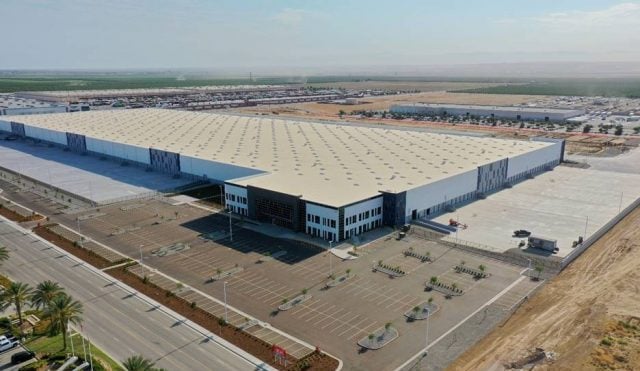SAN DIEGO—Food-price decline means yet another squeeze on profit margins for grocers already facing price wars from increased competition and pressure for lower prices from discount grocers and new entrants, Anthony Buono, chairman of CBRE's global retail executive committee, tells GlobeSt.com. In a recent report from the firm, Buono said, “A steady decline in food prices has delivered a mixed bag for the economy, providing consumers with more disposable income but crimping the already-narrow profit margins of grocery operators. If these low prices persist, grocers will see margin pressure, but may adapt by focusing more on higher-margin prepared foods and refining their supply chains.”
We spoke exclusively with Buono about what a decline in food prices means for food-related retail space.
Recommended For You
Want to continue reading?
Become a Free ALM Digital Reader.
Once you are an ALM Digital Member, you’ll receive:
- Breaking commercial real estate news and analysis, on-site and via our newsletters and custom alerts
- Educational webcasts, white papers, and ebooks from industry thought leaders
- Critical coverage of the property casualty insurance and financial advisory markets on our other ALM sites, PropertyCasualty360 and ThinkAdvisor
Already have an account? Sign In Now
*May exclude premium content© 2025 ALM Global, LLC, All Rights Reserved. Request academic re-use from www.copyright.com. All other uses, submit a request to [email protected]. For more information visit Asset & Logo Licensing.









